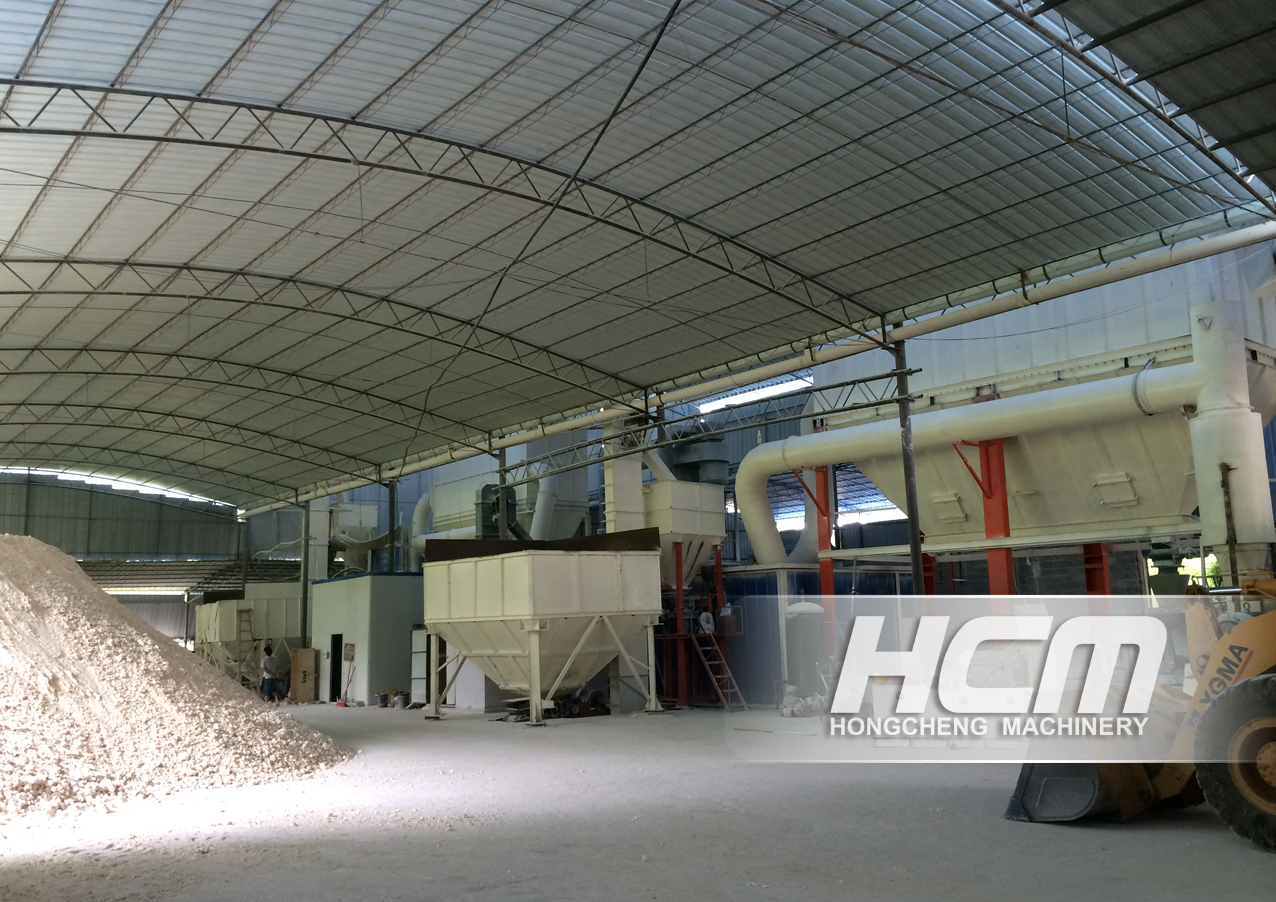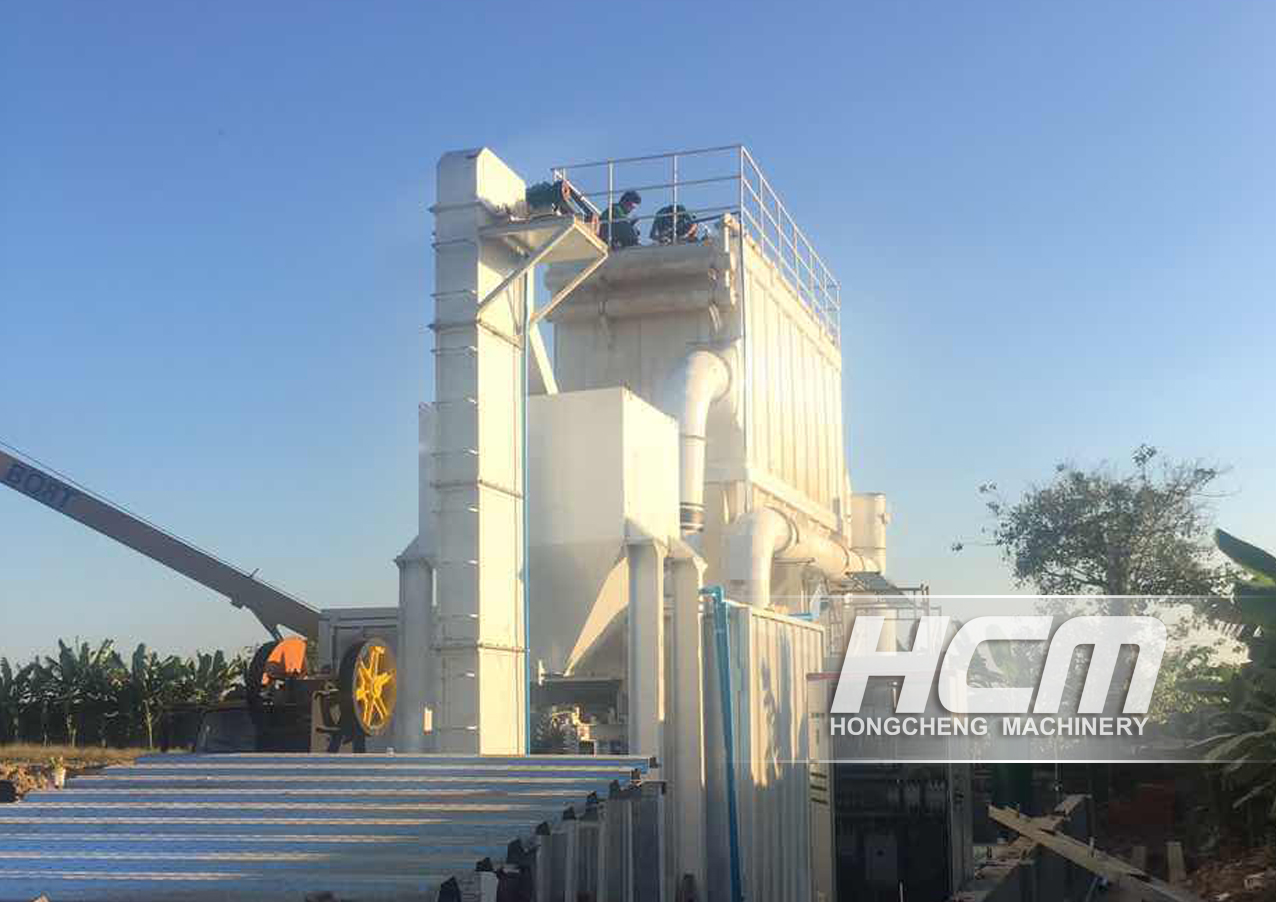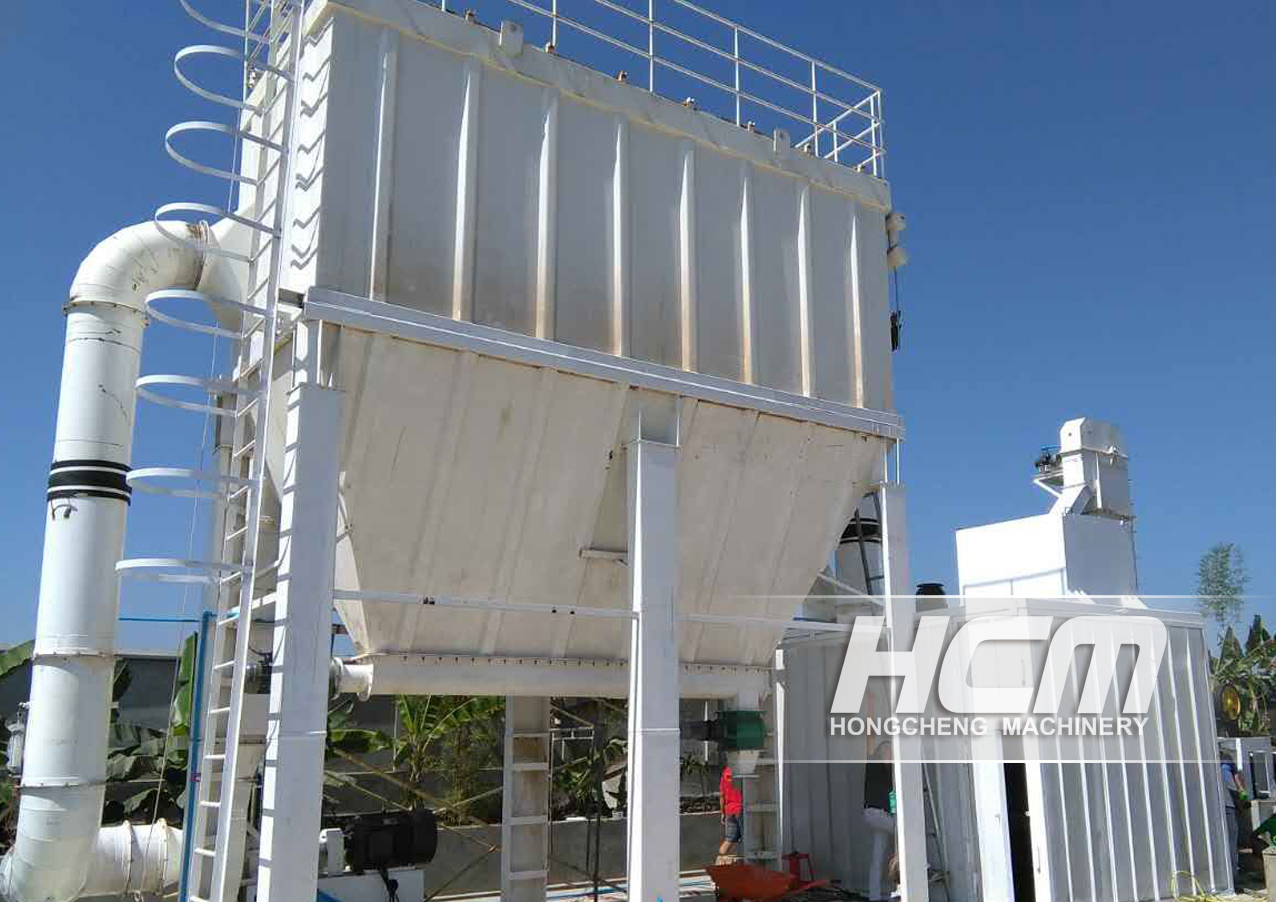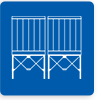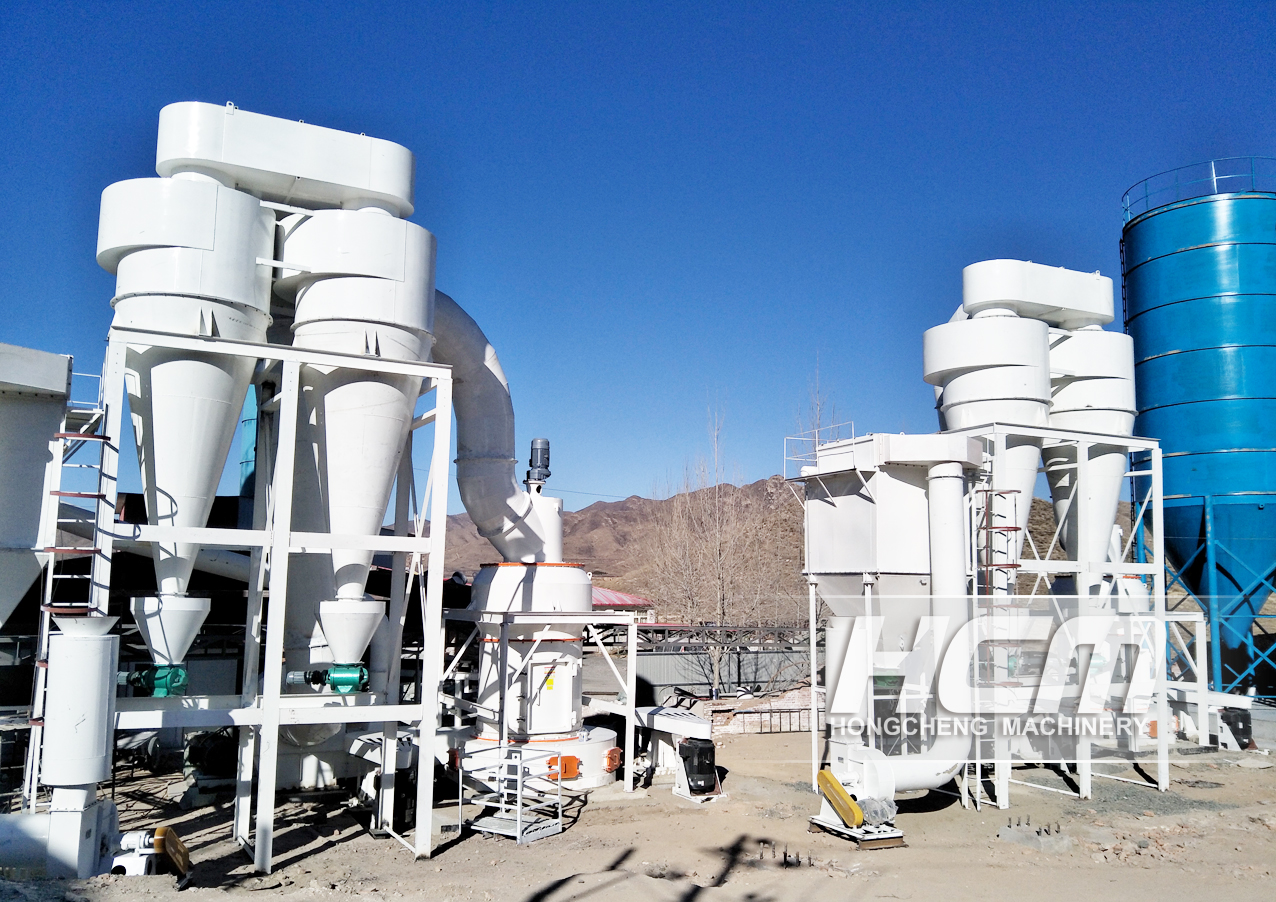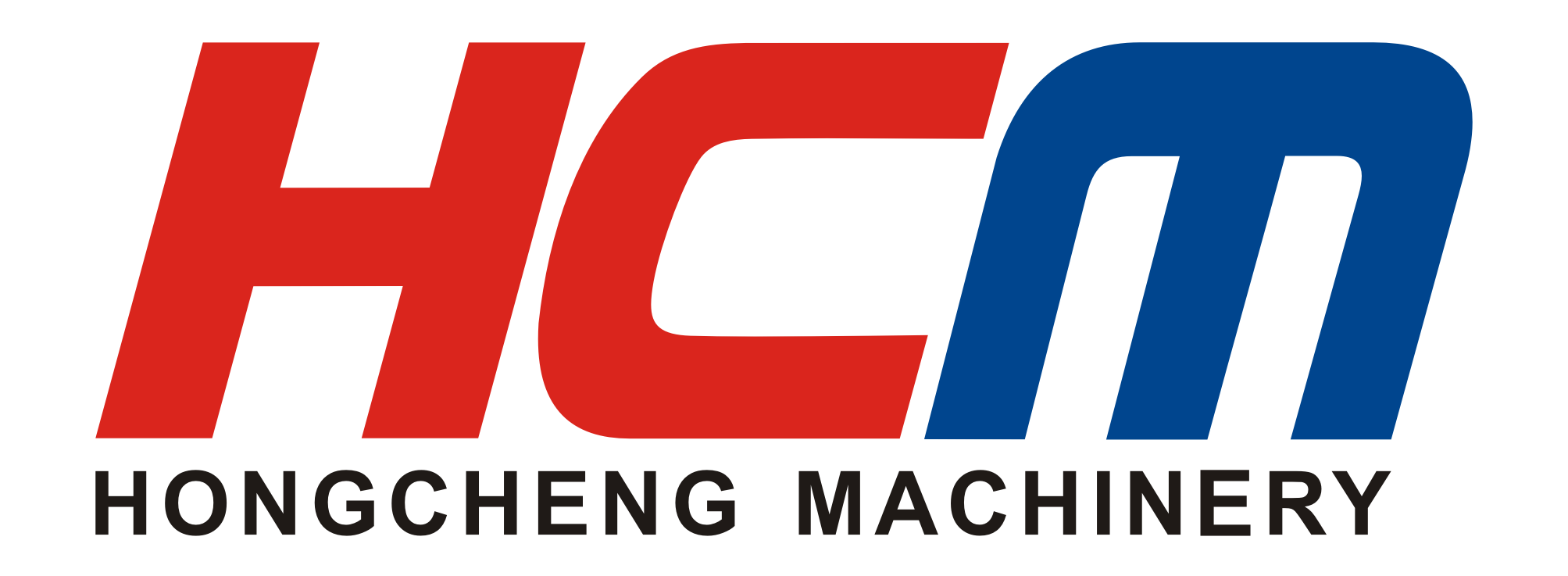
- all
- product
- blog
- all
- product
- blog
Details
LXJM HEAVY CALCIUM CARBONATE POWDER QUALITY ULTRA-FINE GRINDING MILL EQUIPMENT FOR SALE
Heavy calcium carbonate is abbreviated as heavy calcium. It uses high-quality limestone as raw material and is processed into white powder by a lime mill. Its main component is CaCO3. Heavy calcium has the characteristics of high whiteness, good purity, soft hue and stable chemical composition. Heavy calcium is usually used as a filler, widely used in daily chemical industries such as artificial floor tiles, rubber, plastics, papermaking, coatings, paints, inks, cables, construction supplies, fo
-
Details -
Parameters -
Case -
Maintenance -
Inquiry
INTRODUCTION OF PRODUCT
HEAVY CALCIUM CARBONATE POWDER QUALITY ULTRA-FINE GRINDING MILL EQUIPMENT is a new type of high-fine grinding equipment newly developed by Guilin Hongcheng accumulated years of production and R&D experience. The product fineness can be adjusted between 325 mesh and 2500 mesh according to needs, and the product fineness is once The performance can reach D97≤5um. This machine has comprehensive mechanical crushing properties such as roller compaction, milling, impact, etc., and is widely used for high-fine crushing of various non-metallic minerals with Mohs hardness below 7 and humidity within 6%, such as activated carbon. HCH2395 is currently the larger high-fine ring roller mill in China.
Particle size of finished product: 5-45μm (325-2500 mesh)
Production capacity 1-22t/h
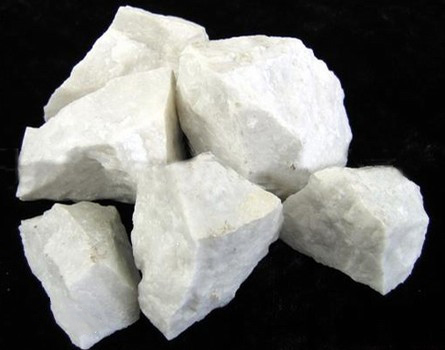
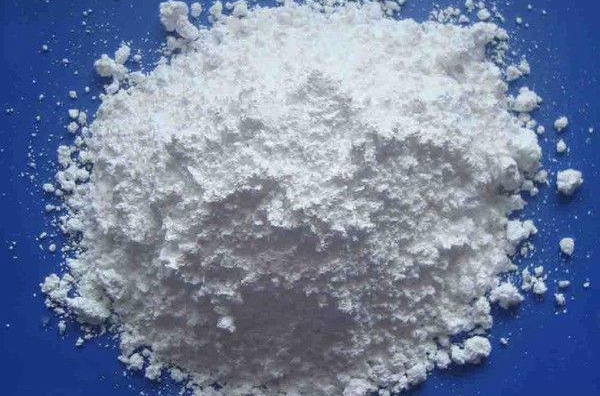
Application of heavy calcium carbonate powder
Because calcium carbonate is rich in resources, widely distributed, and simple in processing technology, it has low price, high purity (content up to 98-99%), high whiteness (up to 94%), low oil absorption, low hardness, and good dispersion. Good thermal stability (will not decompose below 400℃) and other excellent characteristics, so it is widely used in industrial fillers.
1. Plastic
Adding heavy calcium powder to plastics can play the following roles: increase the cost to reduce the cost; improve the heat resistance of plastic products; improve the astigmatism of plastics for shading and matting; improve the electroplating performance or printing performance of plastic fabrics; To reduce the dimensional shrinkage of plastic products, it should be dimensional stability.
| The average particle size | Application | Filling amount |
| 5-10μm | Polyester composite material, PVC or PE cable sheath material, etc. | 10-15% |
| 1-3μm |
PP homopolymer and copolymer, PVC pipe fittings, plastic film, engineering plastics, etc. |
20-40% |
2. Papermaking
Heavy calcium powder for papermaking can be roughly divided into three categories: fillers, primer pigments and top coating pigments.
2.1. Applicable paper type and filling amount for heavy calcium powder as filler:
Paper type |
Adding amount of heavy calcium powder% |
Paper type |
Adding amount of heavy calcium powder% |
Coated base paper |
10-20 |
Book printing paper |
10-25 |
Copy Paper |
15-30 |
Machine printed paper |
12-25 |
Writing paper |
10-30 |
Magazine paper |
20-30 |
Copy, fax paper |
5-30 |
High fill super pressure paper |
30-55 |
Newsprint |
4-10 |
Typing paper |
8-12 |
Dictionary paper |
25-35 |
Stamp paper |
20-30 |
Glossy paper |
20-30 |
Drawing paper |
10-20 |
Draw newspaper |
25-35 |
2.2. The paper grades suitable for heavy calcium powder as paint pigments and the proportion in the total amount of paint pigments:
Paper type |
Adding amount of heavy calcium powder% |
Paper type |
Adding amount of heavy calcium powder% |
Micro-coated paper |
10-40 |
Recoated paper |
40-80 |
Lightweight coated paper |
15-40 |
Primer |
40-100 |
Medium coated paper once coated |
15-60 |
Matte finish |
20-70 |
Medium coated paper secondary coating |
40-70 |
Matt paper |
60-100 |
3. Paint
Heavy calcium powder has the functions of weather resistance, color retention and mildew resistance, and is suitable for exterior wall coatings. Mainly used for original paint, putty, wrinkle paint, building exterior wall latex paint.
4. Other
Heavy calcium powder is also used in rubber, adhesives, sealants, inks, toothpaste, food and medicine.
ADVANTAGES AND FEATURES
|
The broken ratio is big. Feeding non-metallic mineral particles with a particle size of<10mm can be processed into fine powder of <10μm (under the pass rate of 97%) at one time, and the fine powder of -3μm accounts for about 40%, with a large specific surface area. It has the advantages of high-speed impact mill to produce powder and low consumption, and it has the product fineness close to jet mill. |
Environmental protection. The pulse dust collection system (patent:CN200920140944.3) has a dust collection rate of over 99.9%,ensuring dust-free operation in the workshop. Thorough dust removal: The pulse dust collection system adopts a pulse-jet dust removal method, which uses compressed air to clean each filter bag separately. The cleaning kinetic energy is higher and more thorough, thereby preventing the long-term backlog of powder. The powder is on the filter bag for a long time. Retention and clogging of the filter bag. |
|
|
Forced turbine classification technology (patent: ZL201030143470.6), the finished particle size can be adjusted between 45μm and 5μm. |
The roller and ring are made of special wear-resistant steel, which has a long service life. The base is firm and has good shock absorption performance. |
MILL STRUCTURE
The complete system of HCH lxjm ultra-fine grinding mill is mainly composed of main machine, feeder, classifier, blower, piping device, storage hopper, electric control system, collection system, etc.

WORKING PRINCIPLE
The grinding roller mounted on the rotary table in the main machine chamber rotates around the central axis, and there is a large gap between the grinding roller and the grinding roller pin. Under the action of centrifugal force, the grinding roller swings horizontally outward, so that the grinding roller compacts the grinding ring, and the grinding roller rotates around the grinding roller pin at the same time. Through the gap between the grinding roller and the grinding ring, the material can be crushed and ground by the grinding roller. The grated powder falls to the chassis under the action of gravity and is blown to the classifier above the main engine for screening under the action of a blower. The air path is circulating, except for the positive pressure from the blower to the grinding chamber, the gas in other pipelines flows under negative pressure. The material contains water, which evaporates into gas when it is heated during grinding. The air entering into the gas at various joints in the pipeline leads to the increase of the air volume in the circulating air path. The increased air volume is discharged into the atmosphere through the bellows interface between the blower and the main engine.
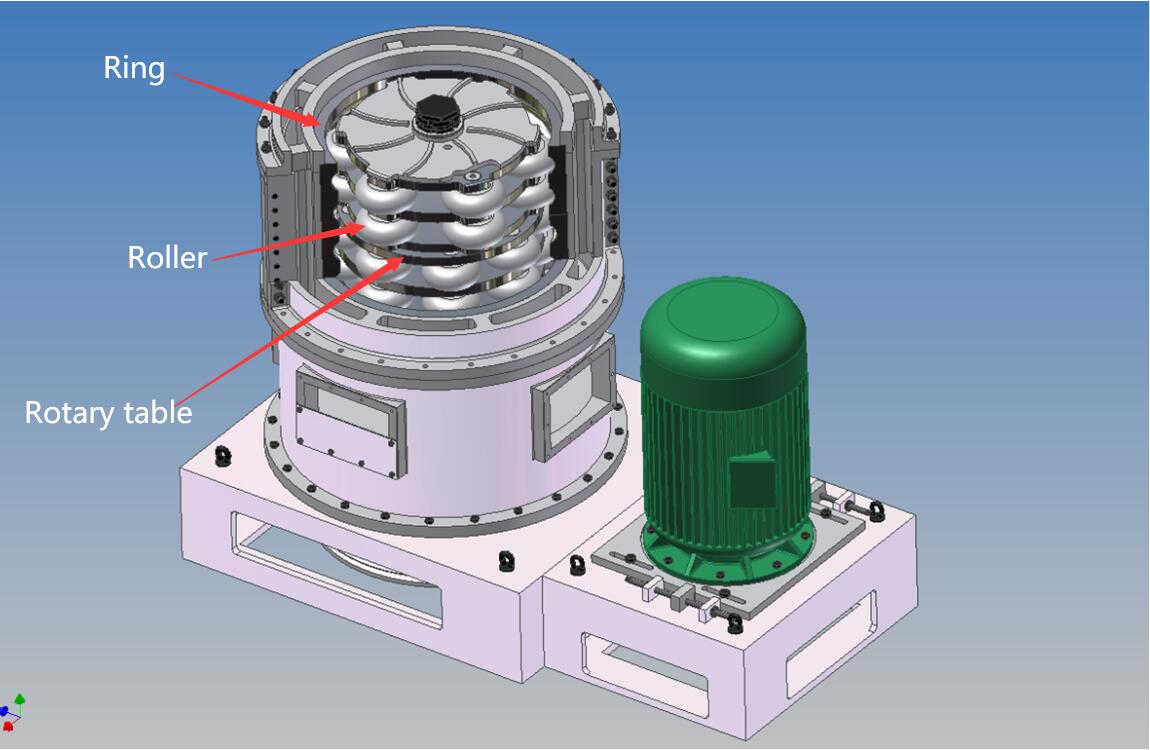
HEAVY CALCIUM CARBONATE POWDER PRODUCTION PROCESS
1. Crushing of raw materials
The large pieces of heavy calcium carbonate are crushed by the crusher to the fineness (15mm-50mm) that can enter the mill.
2. Grinding
The crushed small pieces of heavy calcium carbonate are sent to the storage hopper by the elevator, and then sent to the grinding chamber of the mill evenly and quantitatively by the feeder for grinding.
3. Classification
The ground material is classified by the classification system, and the unqualified powder is classified by the classifier and returned to the main engine for re-grinding.
4. The collection of finished products
The powder that meets the fineness is separated and collected in the dust collector through the pipeline through the airflow. The collected finished powder is sent to the finished product silo through the discharge port by the conveying device, and then is packaged by a powder tanker or an automatic baler.

SUCCESSFUL CASES
Project Name: Hunan Annual Production of 60,000 Tons of Heavy Calcium Micro powder Project
Production status:
Equipment model and number: 1 HCH1395, 1 HCH980
Processing material: heavy calcium carbonate
Finished product fineness: 1250 mesh D97
Equipment output: HCH1395 output: 5.5-6 tons/hour, HCH980 output: 2.5-3 tons/hour.
OTHER RELATED RECOMMENDATIONS
TECHNICAL INNOVATION CALCIUM CARBONATE PENDULUM HC SUPERLARGE CALCIUM CARBONATE PEODUCTION LINE CALCIUM CARBONATE HCH ULTRAFINE RING ROLLER
GRINDING MILL MODEL HC1700 GRINDING MILL
TECHNICAL DATA
| Model | Roller Number | Ring Number | Ring Inner Diameter (mm) | Max. Feeding Size (mm) | Fineness (mm) | Capacity (t/h) | Main Motor Power (kw) | Blower Power (kw) | Classifier Motor Power (kw) |
| HCH780 | 5 | 2 | 730 | ≤10 | 0.04
0.005 | 0.78-3.8 | 75 | 37 | 22 |
| 12 | |||||||||
| HCH980 | 12 | 2 | 880 | ≤10 | 1.3-6.8 | 132 | 75 | 30 | |
| 16 | |||||||||
| HCH1395 | 16 | 2 | 1100 | ≤10 | 2.6-11 | 200 | 160 | 75 | |
| 20 |
Note:
The capacity is for calcite powder(feeding size ≤10), and specification is just a reference. The actual production depends on these materials being processed.
- Detailed introduction of Raymond mill: Blade + grinding roller + grinding ring to produce fine powde
- GUILIN HONGCHENG TITANIUM DIOXIDE PENDULUM RAYMOND ROLLER BOWL MILL
- MANGANESE ORE DRYER MANUFACTURES MnO RAYMOND ROLLER MILL FOR SALE
- CHINA CHEAP 5R MATTE ORE MIKRO POWDER RAYMOND GRINDING MILL SALE PRICE

